It’s been a busy couple of months in my house since my last post in April. A new job, a new apartment, and plenty of changes for the better in my life have really kept me hopping. Part of my job is doing surveys for breeding birds, and most of that work is done up in the boreal forest, to determine the general health of populations up there, where certain species are present, and to identify impacts on their breeding success. Now that the bulk of that work is done for the year and I’ve finally gotten into the groove of my new role, and thought I’d share some photos of some of the awesome places in the boreal forest that I’ve been for the last six weeks or so.
The boreal forest covers a majority of northern Canada, and in northern Alberta it consists primarily of white and black spruce, with jack pine, balsam poplar, aspen poplar and white (aka paper) birch interspersed throughout.
Within the boreal forest, there’s a significant differentiation between upland and lowland areas. Upland areas look something like the photo above, or the one below, and are much drier. Typical upland birds here are Magnolia Warblers (heard while taking the photo above), Canada Warblers (heard while taking the photo below), Blackburnian Warblers, Blue-headed Vireos, Connecticut Warblers, and Rose-breasted Grosbeaks, just to name a few.
Lowland areas are more typified by what is colloquially known as “muskeg”. Much wetter areas dominated by black spruce, tamarack larch, and mosses. These are further broken down into fens, which are fed by groundwater and springs and are nutrient rich, and bogs, which are primarily fed by rainwater and surface melt, and are nutrient poor.
The typical bird species found in these fens, bogs and marshes are Palm Warbler, Olive-sided Flycatcher, Lincoln’s Sparrow, Greater and Lesser Yellowlegs, Sandhill Crane, and Le Conte’s Sparrow. A few other bird species seem to not particularly have a preference for habitat type, and just breed wherever they can find a good nesting area, such as Yellow-rumped Warbler, Gray Jay, Tennessee Warbler, and Wilson’s Snipe.
While the trees of the boreal forest are often the focus of interest, there are some really interesting understory plants that also tell a tale of their own. Carpets of lichen make for good forage for woodland caribou, and there were some places where the lichen carpets went on for hundreds of meters.
Other understory plants that I thought were particularly interesting were things like foxtail clubmoss, which gets its name from the seeding body that looks uncannily like a fox’s tail, and Labrador tea, which is a thickly leafed plant associated with black and white spruce in slightly drier areas.
Of course the real reason I was up north was not to look at the plants (though I did learn quite a bit about them, as they’re important indicators of ecological phase of the area), but to conduct breeding bird surveys. While I didn’t get to see a whole lot of birds, there was plenty of evidence of them around, including a couple of nests that I stumbled across completely by accident. By far though, the most fascinating birds of all were the Sandhill Cranes, which were seemingly everywhere. How one could not think that these magnificent creatures are not close descendants of dinosaurs is beyond me.
Of course, I would be remiss if I didn’t actually have at least one picture of an actual bird I saw on my trip, so here’s one of a surprising number of Ruffed Grouse I encountered while I was up north.
And even more lucky for me was a chance encounter with a Woodland Caribou, not often seen in the summer months!
It’s good to be back, both blogging, and back home in the city, but I’m always looking forward to my next trip north with my dream job!
Thanks for reading, and good birding!



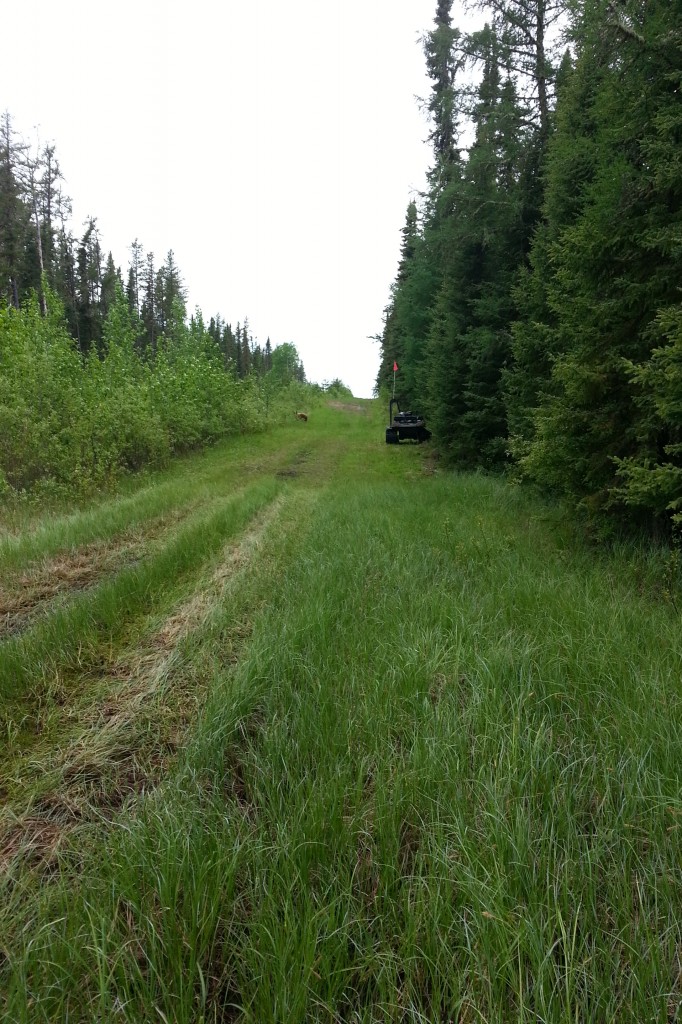
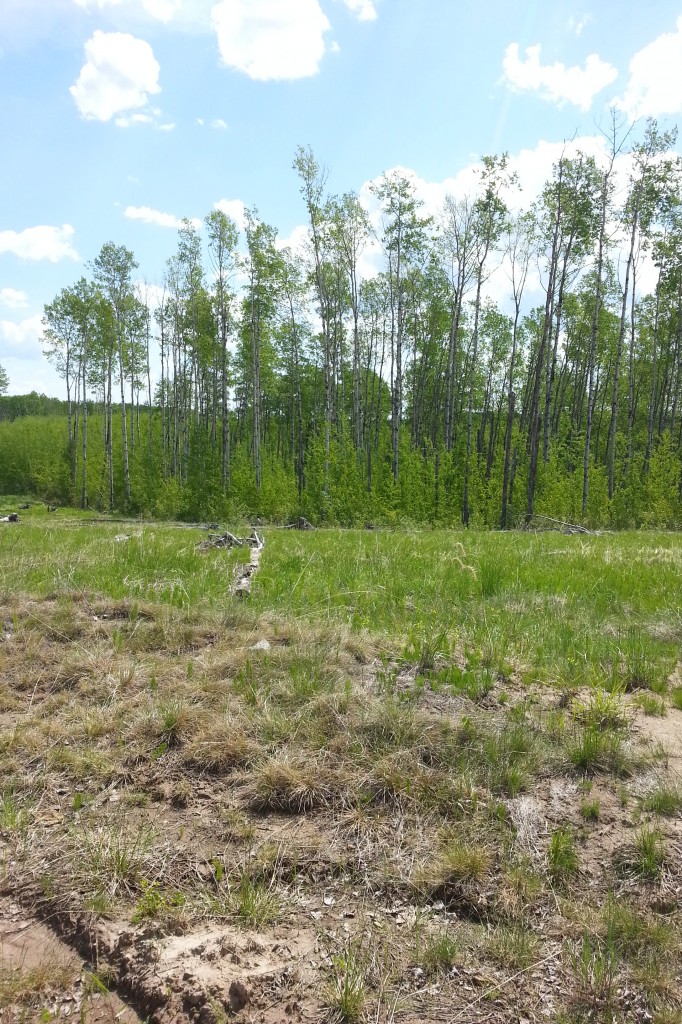
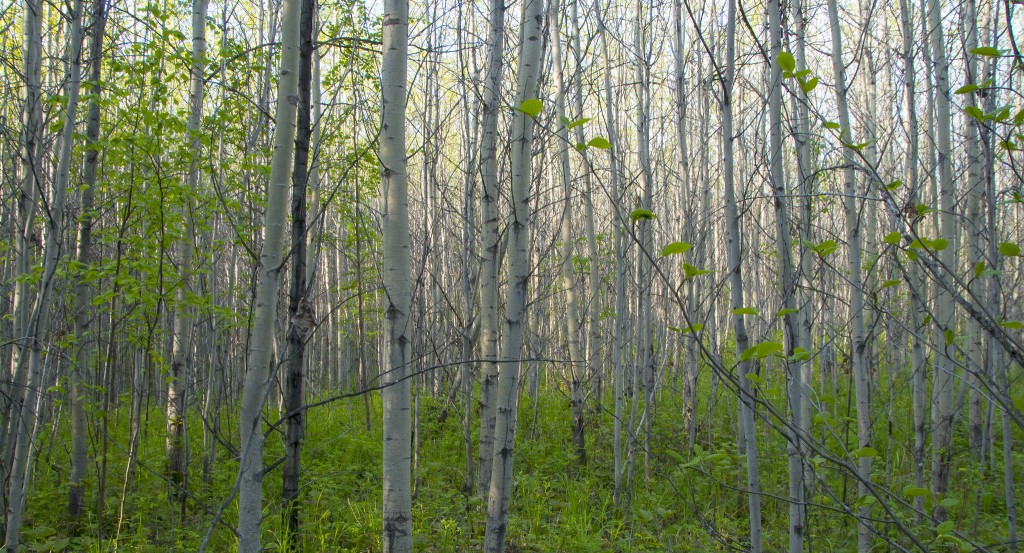
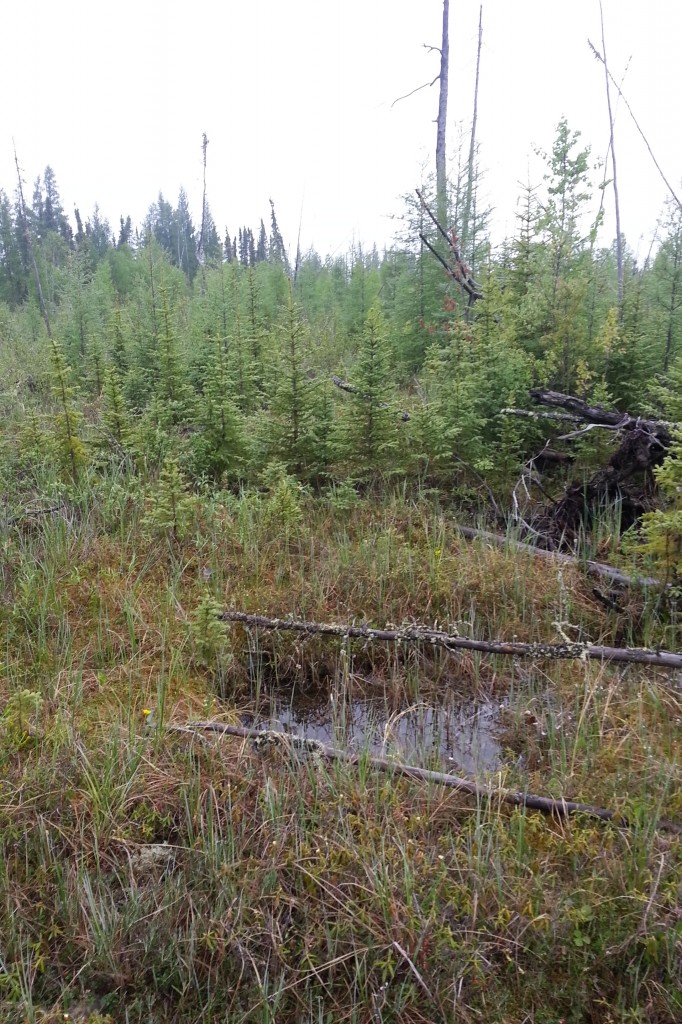
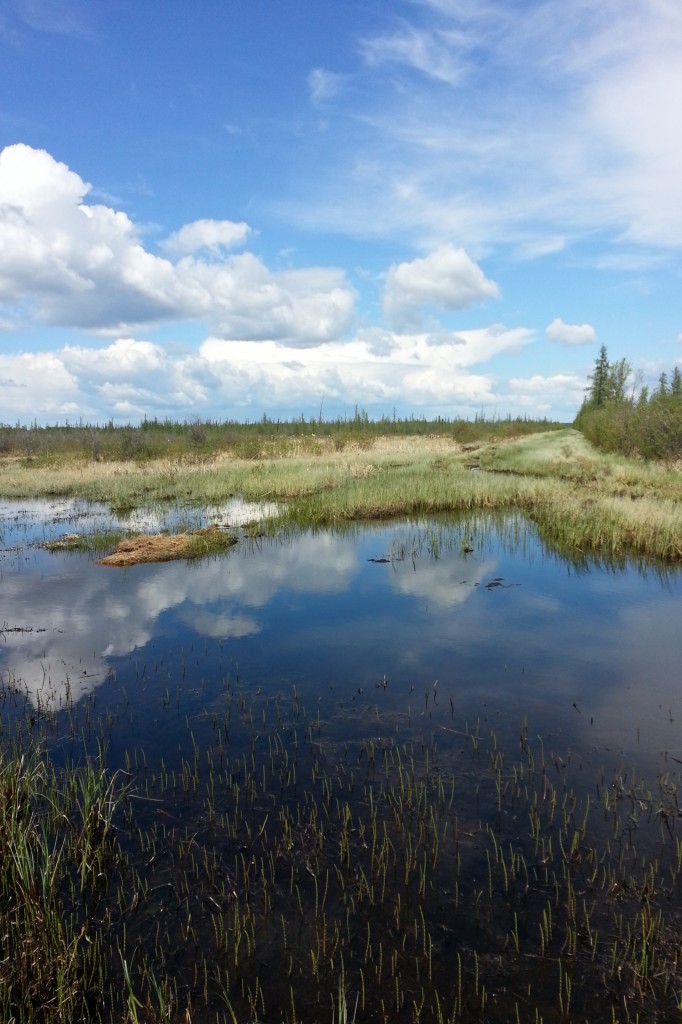
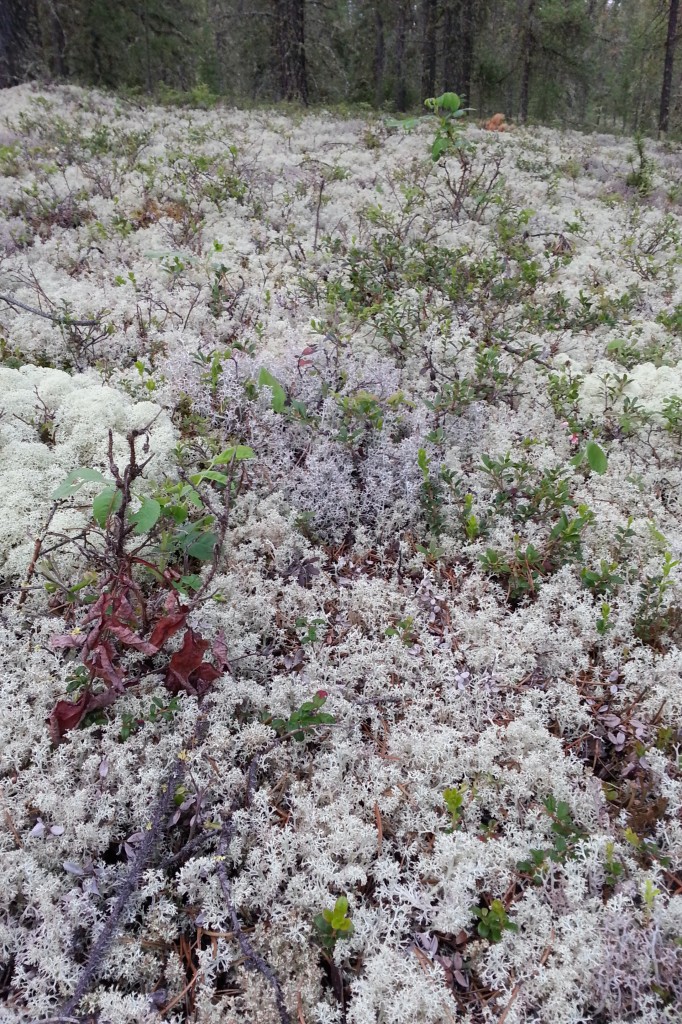
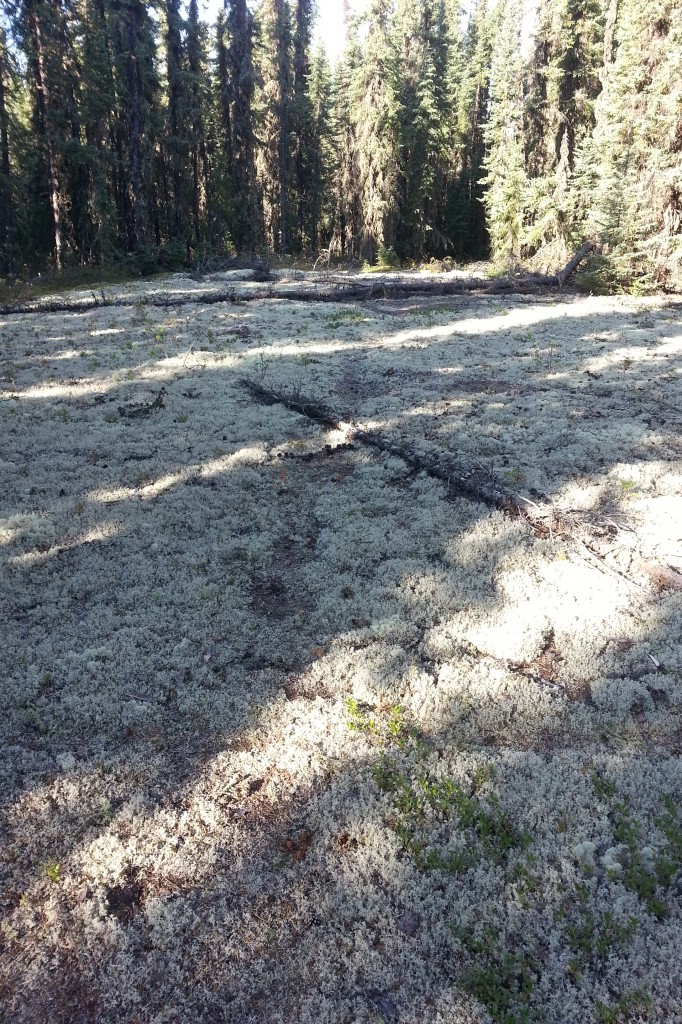
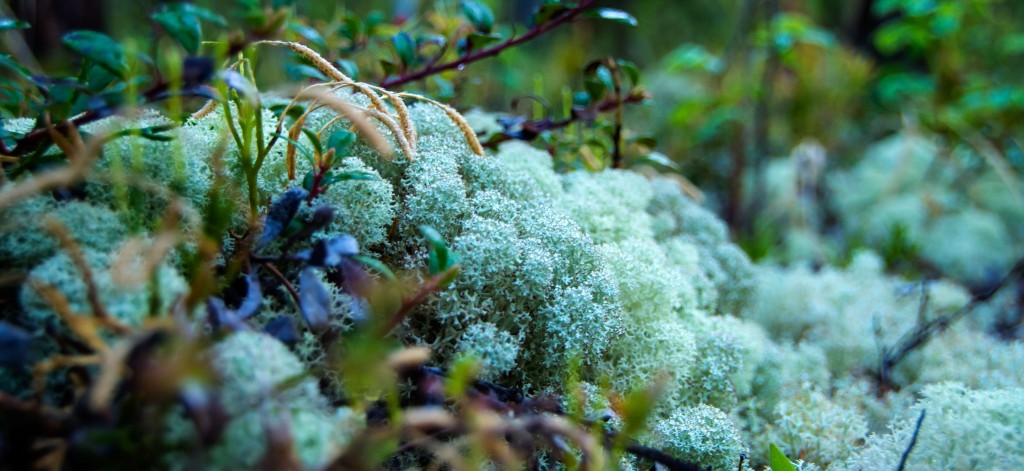
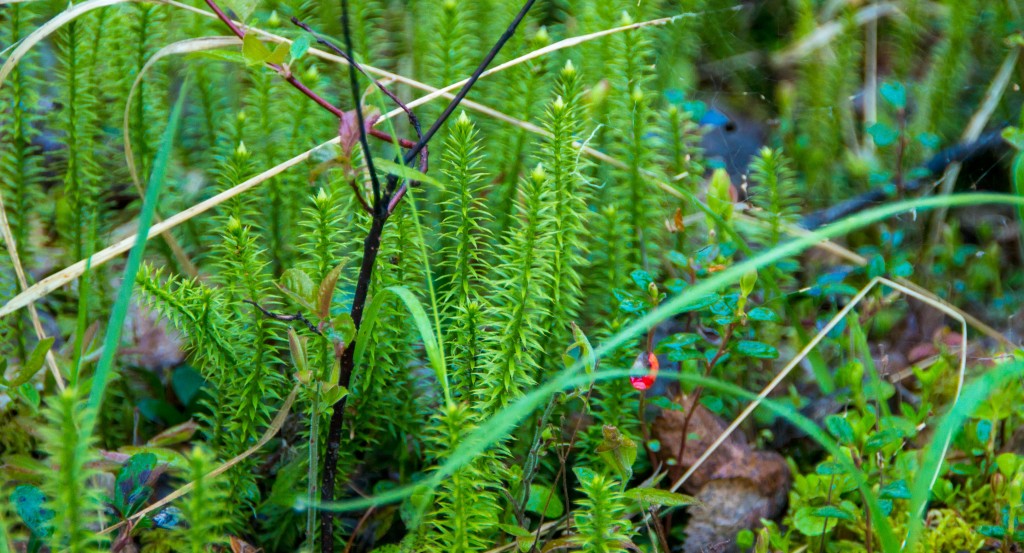
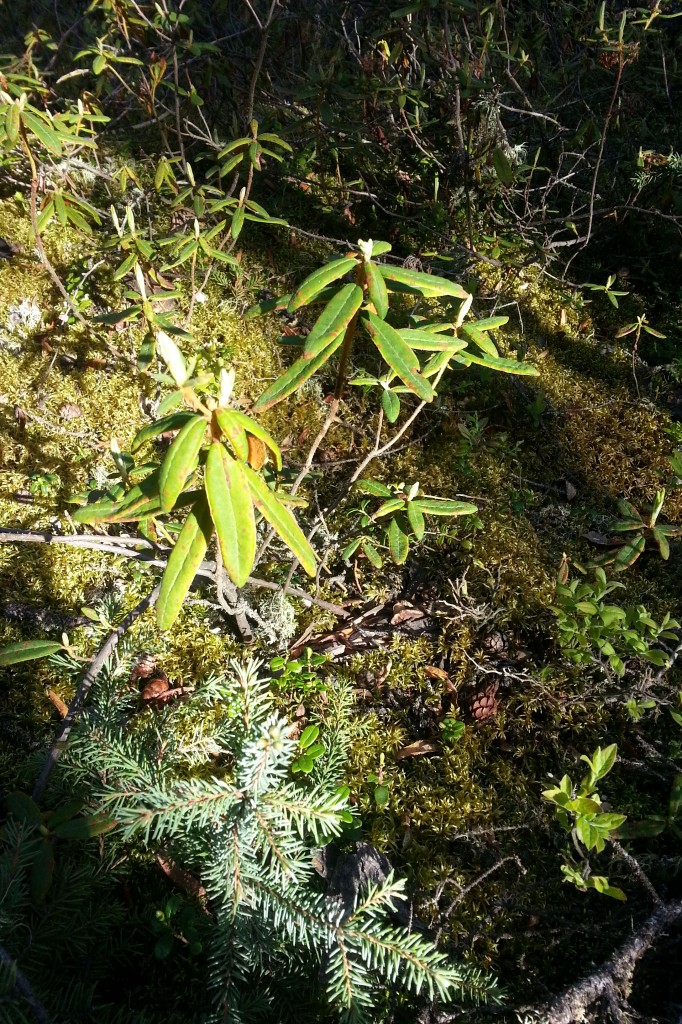
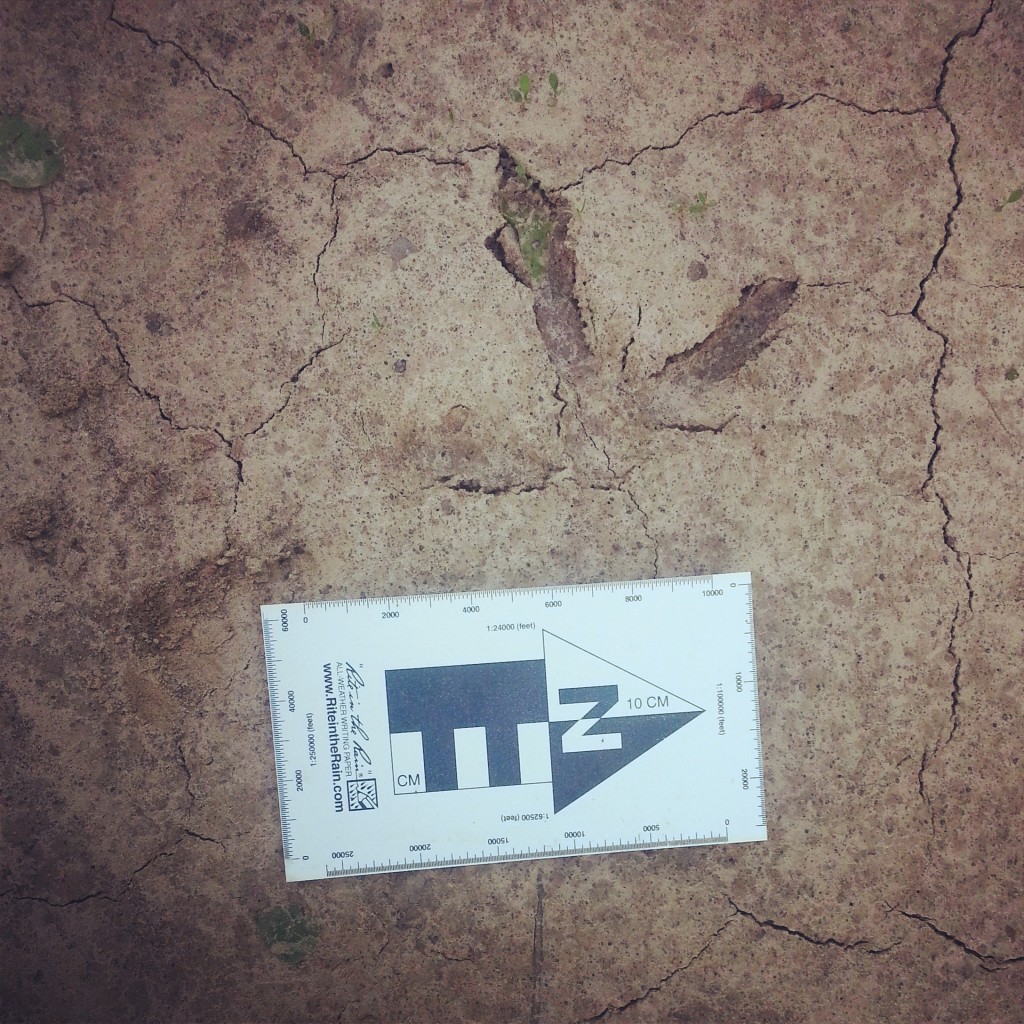
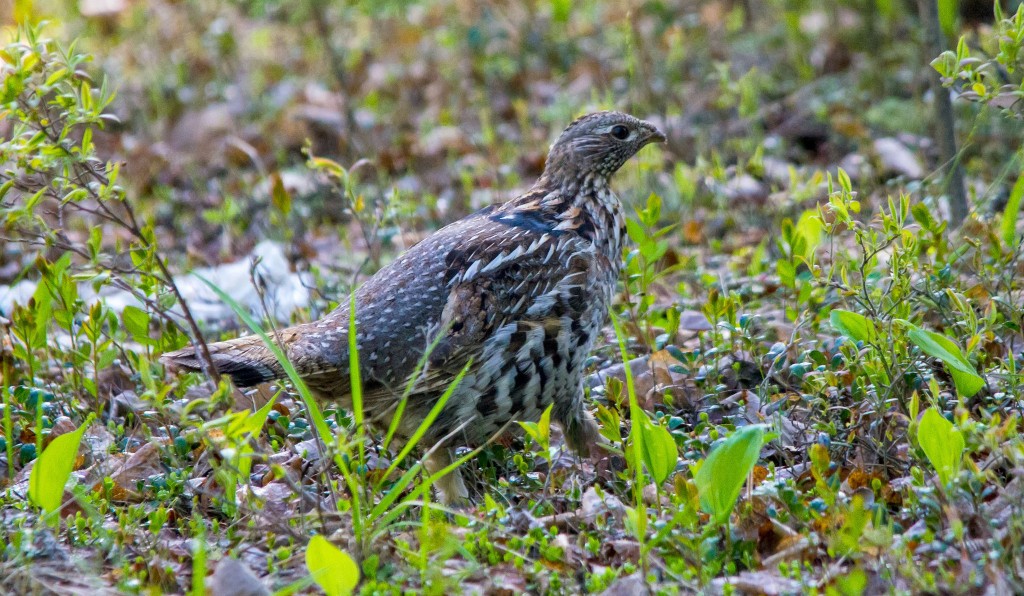
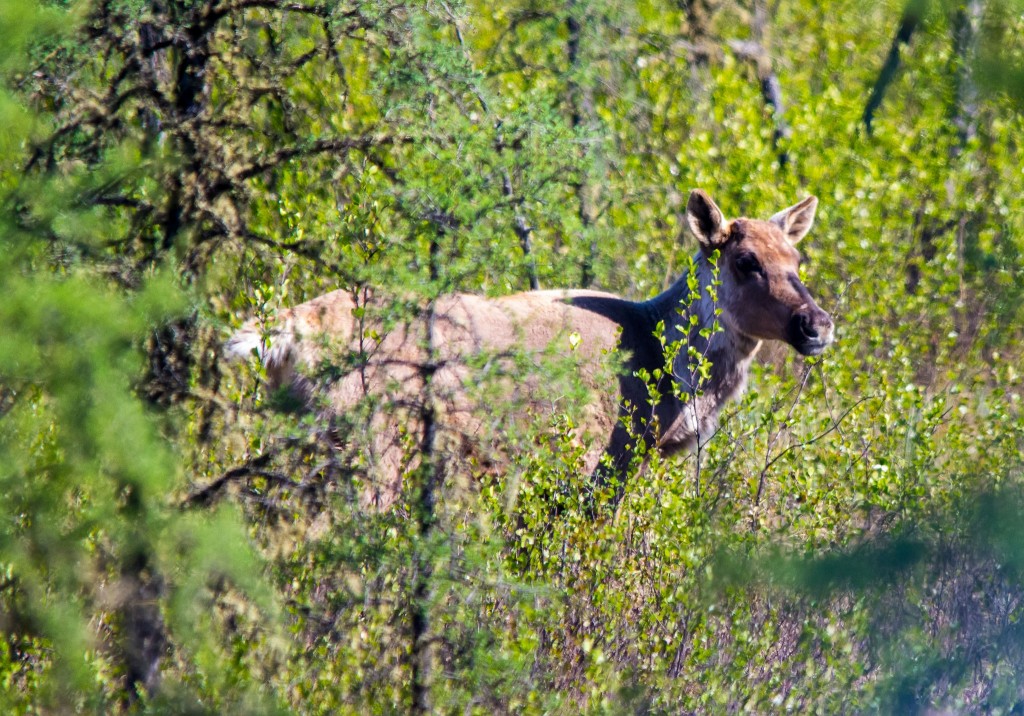
Hi Sharon,
Sorry for the extremely late response! In many cases, our survey areas are actually within the lease area for the extraction sites. The sites that I’ve worked on so far are all SAGD operations, which have a much smaller surface footprint than the open pit mines do. In fact, they’re finding that open pit mines simply aren’t economical anymore, and many companies have abandoned pit mining applications in favor of SAGD throughout the region.
It’s amazing to see your photos of the Boreal forest up close. Just wondering how far from the breeding bird survey area is the closest tar sands extraction site?
Hi Bernard,
Essentially the points are chosen at random within the study area, and then repeated at the same point each year throughout the program. 99% of the time we only hear the birds, and once in a while we get lucky and see them. It’s definitely more of a game for a keen ear birder that’s for sure.
– Dan
Interesting post and good photos ! I was wondering how the survey works. Is there a delimited area where the birds are counted every year or so ? Do you catch the birds with nets or do you just listen to their songs ?
Thanks Gord, glad you enjoyed it!
Thanks Lorrie! It really is quite enjoyable, and I’m always looking forward to my next trip to the field because of that!
Pingback: Birding News #76 | Prairie Birder
I enjoyed this blog Dan! Congrats on the dream job.
Very interesting read Dan, thanks!